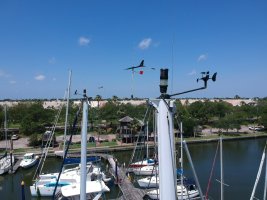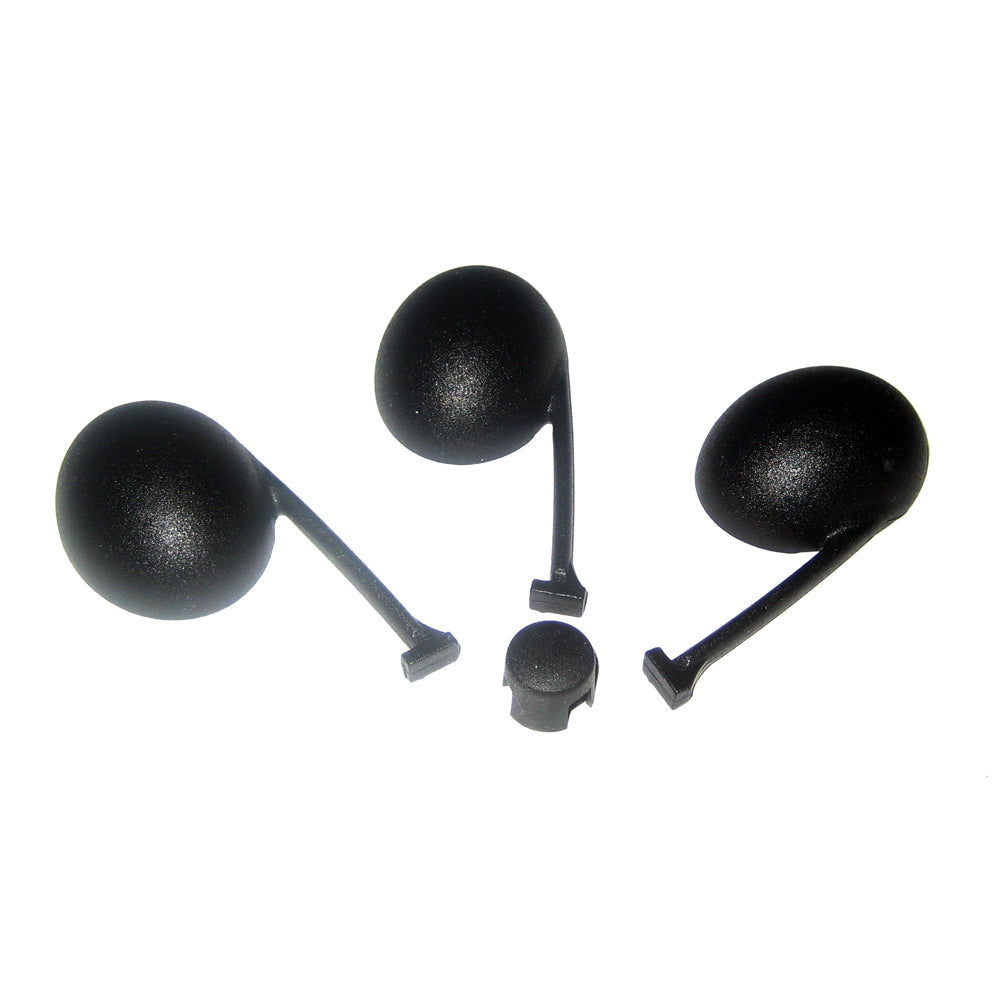MaineCapeSailor
Member I
The wind vane for the wired Garmin wind instrument installed in 2013 at the top of my mast has disappeared twice apparently due to be a young osprey in the neighborhood that likes to attempt to perch on it. I have seen it perched on the top of other nearby masts. I have had no problems in prior years. After the first loss, we tried to use some adhesive to more firmly attach the replacement vane to the body of the instrument, but that did not work. The rotating cups are unaffected.
The newer Garmin Gwind wind instrument seems to use a different 4 wire cable that requires replacing the existing cable plus a GND 10 black box at the bass of the mast to be able to talk to my NEMA 2000 system. Total cost excluding installation is $700, plus this newer system seems to receive uniformly unfavorable reviews due to erratic performance. Lots of frustration with the Gwind system is evident online.
Another option would be to replace it with a Raymarine wind instrument. The unit is smaller and appears to be less susceptible to perching birds. It seems to use a 5 wire NEMA 2000 cable like the one in my mast now (?). However it seems to require a Raymarine ITC 5 black box to be able to translate and connect into my existing Garmin NEMA 2000 system.
Does anyone have experience with such a hybrid system?
A final option would be to install some sort of spike above the existing Garmin instrument to protect the vane. Any experience?
The newer Garmin Gwind wind instrument seems to use a different 4 wire cable that requires replacing the existing cable plus a GND 10 black box at the bass of the mast to be able to talk to my NEMA 2000 system. Total cost excluding installation is $700, plus this newer system seems to receive uniformly unfavorable reviews due to erratic performance. Lots of frustration with the Gwind system is evident online.
Another option would be to replace it with a Raymarine wind instrument. The unit is smaller and appears to be less susceptible to perching birds. It seems to use a 5 wire NEMA 2000 cable like the one in my mast now (?). However it seems to require a Raymarine ITC 5 black box to be able to translate and connect into my existing Garmin NEMA 2000 system.
Does anyone have experience with such a hybrid system?
A final option would be to install some sort of spike above the existing Garmin instrument to protect the vane. Any experience?



